Let us face it. There is a huge difference between a passage plan and a good passage plan. The good passage plan is a work of art. You know it when you see a good passage plan.
How can we define a good passage plan then ?
A good passage plan is the one that has all the information on the chart and yet the chart is not cluttered. It is the passage plan which has all the information marked at locations where it is supposed to be. And it is the passage plan that gives the confidence to the watch keepers about the preparedness of the bridge team.
But sometimes we either have too less information on the chart or so much that it hides the important information. Now how to place all the information on the chart and yet not clutter the chart ?
It all starts with the knowledge of why something is required and what use it can be of.
And when it comes to safely executing a passage plan, there are certain rules of thumb. One such rule of thumb is knowing when we can abort a passage plan. Marking of “Abort point” help in doing so. In this post we will discuss everything about abort point and also if “point of no return” is any different than that.
Let us begin.
Abort point
Abort point is not limited to maritime field only. Even the air pilots have to consider abort point for take off and landing. For example, for them the abort point is the point after which the runway is too short to stop the airplane. After the abort point they have to pull the throttle and fly even if they sense a problem. They can anyway come back and land again if they feel so, but they cannot stop the plane after abort point.
Air pilots calculate the abort point based upon the speed of the airplane, stopping distance at that speed and the available runway length.
Or if you are Mission Impossible fan like me, you would have heard this,
“Anything goes wrong, I call ABORT. Everyone walks away”
For Ethan hunt, abort point is the maximum time at which if he doesn’t call the mission off, it can get his team members killed.
On the ship it is no different than that. For a ship the abort point is the point after which there is insufficient sea room to turn back. While entering a port if we try to swing back after we have passed the abort point, we may end up grounding the vessel. Or we may end up hitting a danger mark.
So In simple word, abort point is the point after which there is no sea room to turn the vessel and return back.
Where to mark abort point ?
We need to mark abort point only when approaching a port, canal or such restricted areas. We do not need to mark abort points in open sea just because of one patch where vessel cannot turn. This is because even when there is no room to swing the vessel, we can still continue with our passage to turn after passing that patch.
For example while passing Singapore straight, we do not need to mark abort point anywhere. If we need to turn back, we have all the time to assess the situation while we continue towards the general traffic flow in the TSS.
Exclusive Bonus: Download this Cheat sheet on how to mark abort point
How to mark abort point ?
To safely swing the vessel and return back, there are two things we need to know. If I put the rudder hard over, how much distance the vessel will cover in forward direction and second how much distance it will cover on the side of the turn. This area should be clear for the vessel to turn around safely.
So we need to know the maximum “Head reach” and maximum “side reach” of the vessel in a full turn.
Though not exactly but the forward distance covered is close to the “advance” of the vessel and sideways distance is close to “tactical diameter“.
You can find the highest value of advance and tactical diameter from the manoeuvring booklet. For example below is what I found from a 45000 DWT ship’s manoeuvring booklet.
You can also get this data from wheel house poster on the wheelhouse. Find the maximum tactical diameter and advance of the vessel. As the abort point will most likely be marked in lesser depths, use the data for shallow water.
Below is the turning circles data from same vessel of 45000 DWT and you can see the max tactical diameter is 0.45 NM in shallow waters.
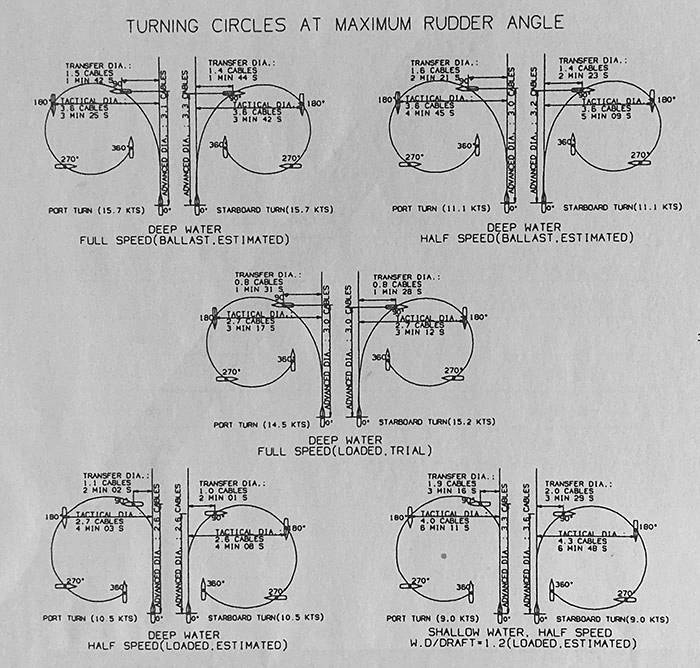 Take the value of tactical diameter or advance whichever is greater. Here we have maximum value as 0.45 NM. Just double this value to allow for external factors like current and wind which can affect the head reach and side reach.
Take the value of tactical diameter or advance whichever is greater. Here we have maximum value as 0.45 NM. Just double this value to allow for external factors like current and wind which can affect the head reach and side reach.
Take the additional distance that the ship would cover in 5 minutes. These 5 minutes are to allow for analysing the traffic around before we start to turn the ship.
So say we have planned a speed of 6 knots while approaching a port. In 5 minutes, ship would cover around 0.5 NM. So it all adds up to be 1.4 NM distance for marking the abort point.
Now mark the abort point at such a position close to the entrance of the port that has 1.4 NM clear distance in the forward as well as on the sides.
Like below is the abort point marked for arrival in one of the chinese port.
Abort point is just a reference point
So are we saying that after passing abort point vessel cannot turn ? of course we can. There are number of ways. We can use succession of ahead and astern movement to turn the vessel without any significant side reach. Or we can use the bow thruster if we have and if our speed is below 5 knots. Using astern movement and bow thruster can even turn the vessel virtually at its position.
Another question. Are we sure that just before abort point we can turn the vessel ? There could be lots of ships on both sides of our vessel and we may not be able to achieve the turn.
The idea of the abort point is to have an indication as to when vessel can or cannot turn back just by putting the rudder hard over.
It is to be used as an information and not as a blind fact that vessel can surely turn or cannot turn.
This is where experience of the navigator comes into play. Abort point is an important information that along with other informations helps the navigator take wise decisions.
Mistakes while marking Abort point
Now there are few mistakes that we make while marking abort point. These mistakes must be avoided to have a good passage plan.
Mistake 1: The abort point is marked too close where there may not be sea room to swing.
In this situation, ship cannot turn even before the abort point. Master may have wrong impression that he can swing the vessel as vessel has not crossed abort point. If he believes in the passage plan and try to swing, he may end up grounding the vessel.
Mistake 2: The abort point is marked too far
Another mistake we can make is marking the abort point too far. Even after crossing the abort point, ship would still have room to swing and return back. This information is of no use to the person in con as it is an inaccurate information.
Mistake 3: Marking abort line instead of abort point
Do you wonder why this is called “abort point” and not “abort line”.
Because it is a point on the planned passage and not a line. But sometimes we draw a line indicating position of abort point.
Can you see some problem in this ?
If the vessel’s position is off track, Can we safely turn the vessel if we have not crossed this line ? I am sure your answer is no.
If we draw a line marking the abort point position, it can give the wrong impression when the vessel is off track. It will look like we are still behind the abort point and we can turn the vessel, while it will not be the case. Not atleast on turn to one side of the vessel.
So we need to mark abort point the way a point should be marked. We can show this position by a very small dotted line or by pointing to that position by an arrow.
 How can abort point help in safer navigation
How can abort point help in safer navigation
Have a look at below abort point marking. The abort point is marked at the correct position. And nothing seems to be a problem in this, except one.
The problem is that the abort point is before the pilot boarding position. Now why this would require special attention ?
To pick up the pilot, we need to cross the abort point. What if after we cross abort point, port control inform us that the pilot is cancelled for today. We cannot turn around as we have already crossed abort point.
If we ever need to cross the abort point to pick up pilot, we should be ready for situation as mentioned above and should have steps ready to counter that.
These steps could include
- Waiting at or before your abort point position and asking the pilot to come to your position. or
- Proceed at a very low speed so that you can use astern movement to stop the ship and turn around
- Have the bow thruster ready if that is fitted on board.
The whole idea is that you should assess the situation taking into account the fact that you may need to turn around after crossing the abort point.
Point of no return
There is a whole lot of mystery around the term “point of no return”.
Some say there is no difference between “Point of no return” and “abort point”. Others consider there is a difference but they fail to give a logical difference between these two terms.
Let us see if “point of no return” is any different from the “abort point”.
First let me acknowledge that Yes, these are two different terms and there is a slight difference between these two.
Here is the difference between “abort point” and “point of no return”
After you cross abort point, you still can turn around. There are number of resources to help you with that. For example you can use astern movement, bow thruster or even tugs if you have those made fast. But after you cross “point of no return” you cannot return back even if you use all these resources.
One good example for this is moving in a falling tide. You may have crossed a point after which if you wish to return, you cannot. Because the tide level has gone down and now there is insufficient waters behind you to proceed back.
While coming from south of brazil and entering Amazon river, you will find one such bar of around 6 meters charted depth.
Now consider this example. Your ship is going to Manaus, a port in Amazon river. Let us say that your ship requires 10 meter depth to comply with UKC policy of your company after giving consideration to squat and other factors. Now in this area you got 4 metres of tide at 1000 Hrs today and then you have same tide height after 2 days.
You cross this point at 1000 Hrs. At 1400 Hrs you are advised that you no more need to call Manaus. Can you abort your passage to Manaus ? Yes, you can. There is no issue with the vessel turning back as after we have crossed this bar, there is sufficient sea room to turn around. After turning back you can find an appropriate location to anchor. In any case you have aborted the passage.
Now can you return back ? No, you cannot. There is no depth of water to return back. You have to wait for the tide level.
So “point of no return” is the better abbreviation for this situation.
Conclusion
There are number of elements in a passage plan. All these elements need to be marked on the charts for the passage plan to be called complete. But if these are marked at the wrong places, they can confuse the navigators leave alone helping them.
Marking these elements at the right places require thorough knowledge of all these elements. Abort point is one such important element of the passage plan. We need to mark it at a place that can help the navigators. Marking these at incorrect positions can be more dangerous than not marking at all.
Share this:

About Capt Rajeev Jassal
Capt. Rajeev Jassal has sailed for over 24 years mainly on crude oil, product and chemical tankers. He holds MBA in shipping & Logistics degree from London. He has done extensive research on quantitatively measuring Safety culture onboard and safety climate ashore which he believes is the most important element for safer shipping.
Search Blog
68 Comments


Simply explained Nice article sir. In future please add more item required for good passage planning.

Glad you liked it Sagar. I will be writing on parallel indexing techniques very soon.

PI techniques were excellent for paper charts. Now they are obsolete vetting donkeys are still asking for them

Sir really a good article please give more article on clearing bearings and other marking on passage plan

Glad you liked it Krishnan.. Yes I will write on all these topics..

Thank you so much for spending your time on writing this article sir! It's really helpful specially for Junior officers. Looking forward to many more articles. If you could please do write an article regarding anchoring procedures, swinging circle and how to calculate how many shackles to let go with regards to the charted depth. Thank you very much in advance sir! Please share your email address so that juniors like me could seek advice from you.

I had written an article on Anchoring procedures which you may find useful. http://www.myseatime.com/blog/detail/the-ultimate-actionable-guide-of-anchoring-a-ship .

Very nice and simple article Sir and moreover you are concentrating on areas of confusion . Sir can you give me more example of point of no return like if there is no problem of falling tide. And in Abort point - For ex we are entering Japanese inland water and just at a single point there is insufficient searoom to turn around after that poinr there is so what will be the case then Kindly reply

If it is only one point and after that you have sufficient room taking into account the traffic density, no need to mark abort point.

There are not many example of point of no return and probably that is the reason we hear more of abort point than point of no return.

Very informative in a easy manner. Described well than anyone explained to me before. Thanks for this article sir

Glad you found it useful Bharath..

Hi! Very well written article. Saddened to see that the present generation at sea has to know so much of this theoretical stuff. Most of this is not even relevant to be used on ship. It is purely for academic purpose. How many of us have actually used the abort point on board? Anyways this is a subjective opinion. Company has to give guidelines on this in their BMM which will be full and final!

Hi thanks for your comment Sir..As you said this is subjective opinion and I really appreciate that. From the comment you seem to be a seasoned sailor and I thought May be I can really learn a thing or two from you in future but could not find your email : ). Hope to have your opinion on other future articles too.

Dear sir thank you very much for this article . very nicely explained .

Glad you liked it Aninda..

Dear sir, do you write any artical regarding deck log book need conent or sample.

I haven't written anything on deck log books but I will include that in my list for future posts. If you have any particular question, don't hesitate to post it on SEAQA section..

Good article. May I suggest addition of contingency anchorage and route to contingency anchorage in addition to abort point.

Thanks Pawan.. I will include in some of the next articles..

Dear Capt Rajeev Jassal. Wonderful article.

Glad to hear that Capt Park...

Wonderful article! I'm just confuse if you still need an abort point marked on your chart/electronic chart if you have sufficient sea room, example on single point mooring. Do you still need to mark it on your chart?

If there is sufficient room, there is no need to mark the Abort point.

Thanks for this clarification. Most of the time we are loading/discharging on SPM and somehow some inspectors are still looking for this abort point. Again, thanks!

Very well written Capt.Rajeev. I am curious if a route to contingency anchorage need be plotted from the abort point from a SIRE point of view. I do understand that it might not be possible to lay it in advance bss traffic, lack of suitable anchoring depth/ ground. Your thoughts..

No, there is no need to plot the route to contingency anchorage from the abort point.

Im from Egypt Cpt. Rajeev and I really support you in what you're doing, I do learn a lot moreover I advise my friends to visit yr informative website. I sincerely wish we will hv a future cooperation. Sincerest Regards,Dawod

Glad to know that Dawod..

Capt. you couldn't have explained it any better. Sometimes as navigators we just put in information on charts to simply comply with company procedures and vetting inspection. However, a good passage plan will at one glance give the bridge team a good and comprehensive understanding of the sea passage and confidence in executing the passage plan. Thanks for the article in clarifying the two terms that although are slightly similar are quite different.

Absolutely...

dear capt. sir, i am very much thank full to u that u have provided us such a good place of knowledge .no words.

Glad to know that Sheelendra...

I do learn a lot moreover I advise my all friends to visit this informative website. I truly wish we will have a future collaboration. By ARK Marine Consultancy

As a new second mate this is very useful for me...Thankyou cap

Glad to help Fijo...

Many thanks for the article. Clears a lot of queries. However, I do have a bit to add to examples of 'point of no return'. Please do correct me if I'm wrong. A ship which is about to enter a canal can be considered at point of no return when it is at enters the canal. Also, a ship which is entering a fairway or channel with shallow depths around is also at point of no return at the entrance of such channel especially if the channel follows a convoy system or has regulatory traffic directions for the channel.

You are right Anuj...

Very well written & your blog are always a pleasure to read, giving good practical insights for mariners . With regards to point of no return , I do agree with your take, which is also point of no return but I have a slightly different interpretation as well , Abort point and point of no return should always be used in conjunction , abort point is a point where decision is made to abort the passage and point of no return is a point after abort point beyond which V/L can't proceed with available resources on board. , basically abort point is the amber light and PONR is the red light in the plan eg. edge of 1.4 nm circle in your blog is PONR. There is a far bigger Issue for today's mariners who are getting too bogged down with calculations, numbers , theoretical discussions, acronyms, terminology etc. that they are losing touch with bigger picture ( No fault of theirs, its the industry ) which can only be summarized by phrases ' Good seamanship practice' and 'situational awareness '.

No Siddharth..There is no orange light and red light concept in this as we are not supposed to compulsorily mark both the marking...

thanks for the info sir..its clear to me now the meaning of both terms..its a big help..

Glad to hear that Cris...

Thank you for the information sir. I just want to ask. Is the abort point marked prior embarkation of pilot or can it also be marked while pilot is on board and there is enough room for the vessel to turn? Say for example, in the port of veracruz, there is still sea room for the vessel to turn prior reaching the breakwater while vessel is under pilotage. Can I mark abort point/ponr even during pilotage or it must always be prior pilot embarkation?

Vessel is not supposed to cross the Abort point without pilot on board...So Abort point need to be after the pilot boarding position.

Very good and easy to comprehend explanation !!! Thanks a lot for solving mariners doubts !!

Thanks Sandeep...

I am in the teaching profession and I find your articles very useful. You have done a great job of explaining in simple terms.

Thanks Capt Paul... Means a Lot.

This blog is misleading. I hope it's not with understanding but only in the explanation. Abort point is when you can abort the passage, so marking of abort point should be such as to be able to turn vessel safely. Point of no return is where you are committed and cannot abort passage so it should be marked likewise. As simple as that, no need for such a big blog with wrong, misleading and confusing information.

Didn't get what is misleading...

Dear capt. Rajeev Jassal, your blog is such a very nice article for seaman knowledge. Simply explanation with good example to understand. Very thankful to find kind of your blog. Honestly i never write comment on any blog, but kind of these blog looks like a pleasure to amaze

Glad you liked it Jeans...

Thank you sir youre vlogg are such good and very nice article for seafarers .All are understandable topic you have such question and this answer. THANK YOU VERY MUCH SIR

sir do you have a blog regarding contingency or emergency anchorage and how to mark in ecdis thanks

Contingency anchorage will come only after we pass abort point n point of no return right?

Very Good explanation sir.

Good Day Sir Thank you for your efforts for contributing knowledge to the maritime industry. Sir could you please share your email I'd in case of doubt we can try to connect with you. Obediently yours Khizar Mulla

Very nice Article. informative and very well explained. Thank you for the job well done.

Thank you so much! The best article I've ever read about this topic. Greetings.

hai capt. I'm furqon from indonesia, thank u so much for your insight capt., this helpfully article to know for me as junior officer on board

I truly support you in the thing you're doing, I do learn a lot moreover I advise my all friends to visit this informative website. I truly wish we will have a future collaboration. By ARK Marine Consultancy

Dear Captain good morning Abort Point and point of no return is the same as per Bridge Team Management page 27 . Can you please check and revert .

My ex-husband and I had always managed to stay friendly after our divorce in February 2017. But I always wanted to get back together with him, All it took was a visit to this spell casters website last December, because my dream was to start a new year with my husband, and live happily with him.. This spell caster requested a specific love spell for me and my husband, and I accepted it. And this powerful spell caster began to work his magic. And 48 hours after this spell caster worked for me, my husband called me back for us to be together again, and he was remorseful for all his wrong deeds. My spell is working because guess what: My “husband” is back and we are making preparations on how to go to court and withdraw our divorce papers ASAP. This is nothing short of a miracle. Thank you Dr Emu for your powerful spells. Words are not enough. Email emutemple@gmail.com Phone/WhatsApp +2347012841542.

My ex-husband and I had always managed to stay friendly after our divorce in February 2017. But I always wanted to get back together with him, All it took was a visit to this spell casters website last December, because my dream was to start a new year with my husband, and live happily with him.. This spell caster requested a specific love spell for me and my husband, and I accepted it. And this powerful spell caster began to work his magic. And 48 hours after this spell caster worked for me, my husband called me back for us to be together again, and he was remorseful for all his wrong deeds. My spell is working because guess what: My “husband” is back and we are making preparations on how to go to court and withdraw our divorce papers ASAP. This is nothing short of a miracle. Thank you Dr Emu for your powerful spells. Words are not enough. Email emutemple@gmail.com Phone/WhatsApp +2347012841542.

I want to genuinely thank Dr Ayoola for making my dream come through. I was on the internet when I saw people posting and talking about Dr Ayoola. On How he has help them in winning lottery. My name is Gerald Muswagon this is my story on how I win $10 million After reading the article about Dr Ayoola I contacted him I told him to help me win lottery he respond to me by saying he will help me after working with him he assured me that I will win. Which I believe. After working with Dr Ayoola he gave me a number and ask me to go and play it which I did today I’m here shearing a testimony about this same man Dr Ayoola help me to win $10 million dollars all thanks to you Dr I will keep taking about your good because you are a man of your word I hope people that really need this will come across it for you to help them as well. If you want to win big in lottery contact Dr Ayoola today and be rest assured of winning contact him via email drayoolasolutionhome@gmail. com or https://www.facebook.com/Dr-Ayoola-105640401516053/ text or call +14809032128
Leave Comment
More things to do on myseatime

MySeaTime Blogs
Learn the difficult concepts of sailing described in a easy and story-telling way. These detailed and well researched articles provides value reading for all ranks.

Seafarers Question Answers
Ask or answer a question on this forum. Knowledge dies if it remains in our head. Share your knowledge by writing answers to the question

MySeaTime Podcast
This podcast on the maritime matters will provide value to the listeners. Short, crisp and full of value. Stay tuned for this section.

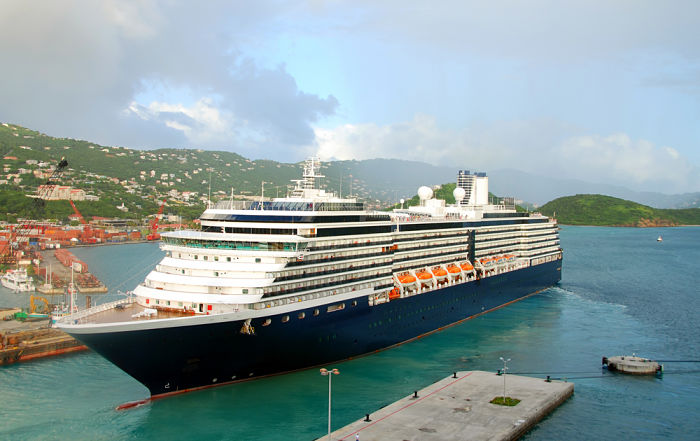


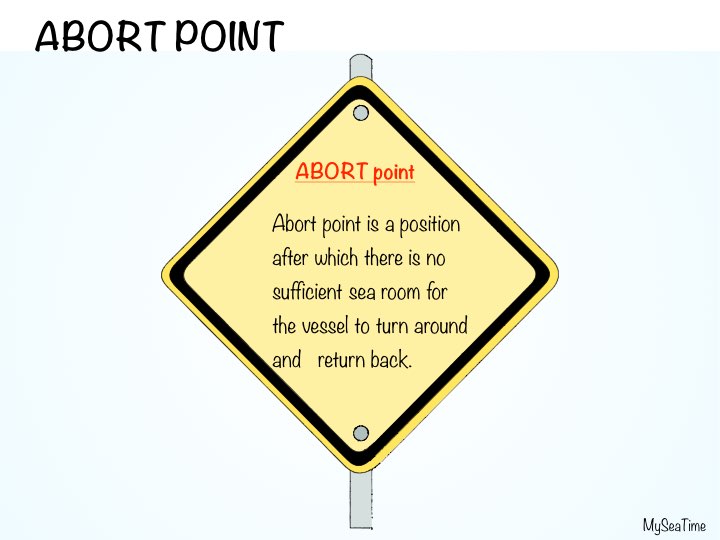
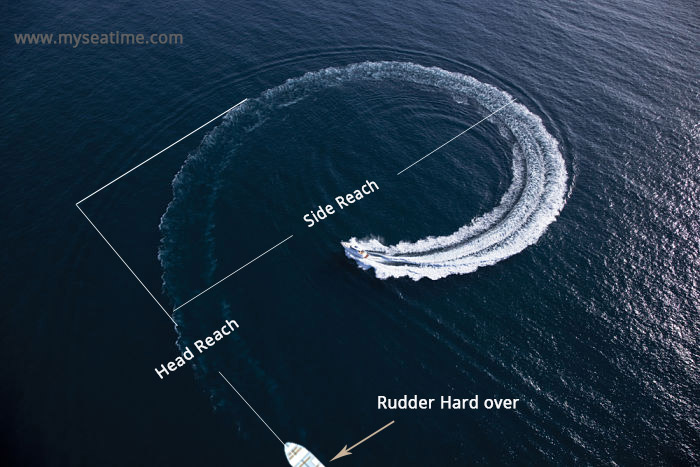
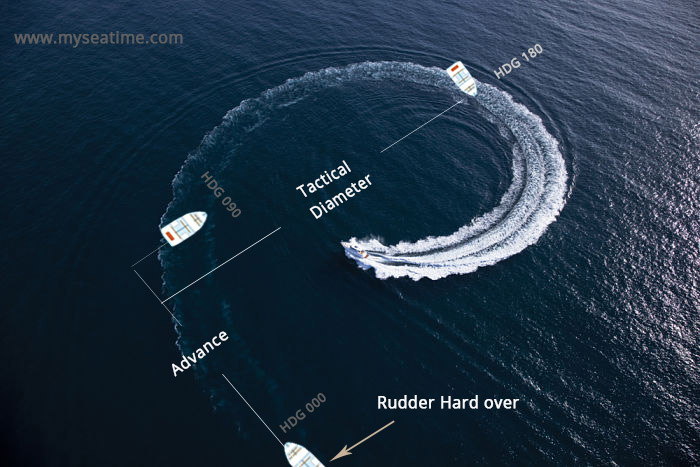
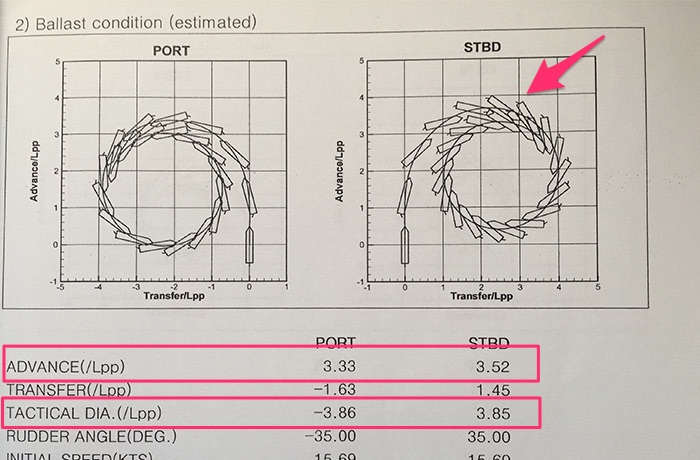
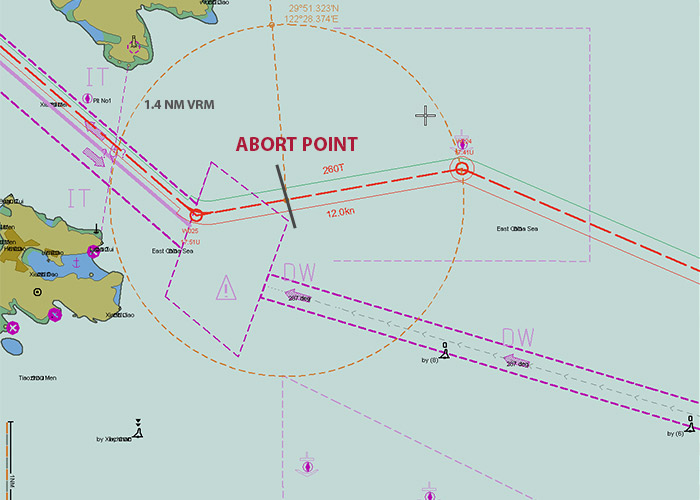
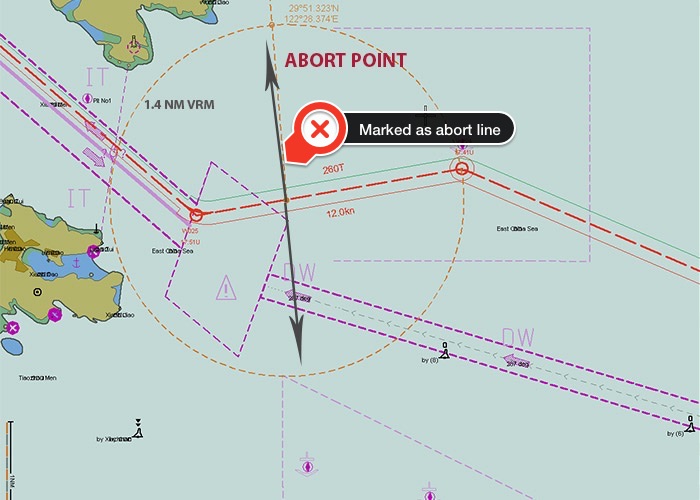
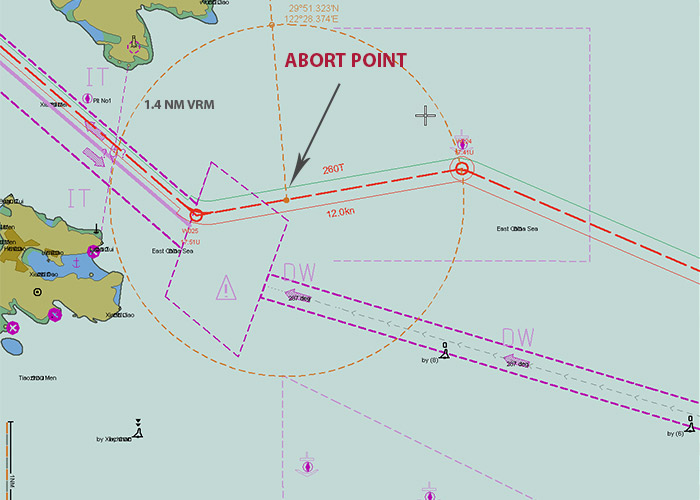
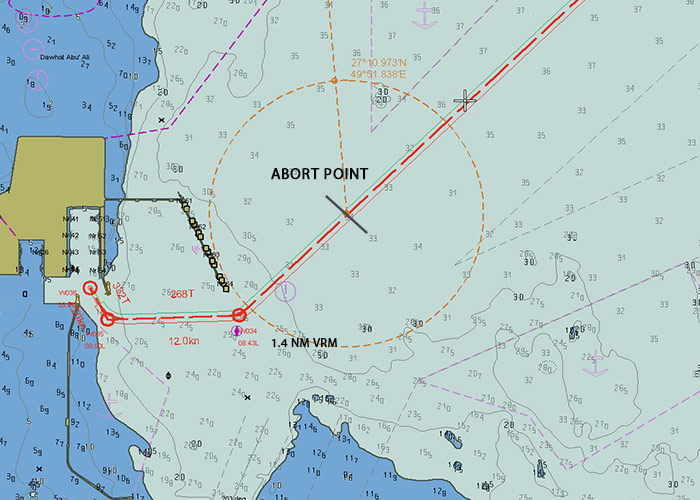
Dear Sir First of all many thanks for such beautiful article. I learn lot from them. I would definitely love to sail with you in near future.
Yes sure Sanjay. Hope to have you on one of the ship.
Nice article Sir. I really admire your work Capt. Rajeev!!!! Thank you for sharing your knowledge!